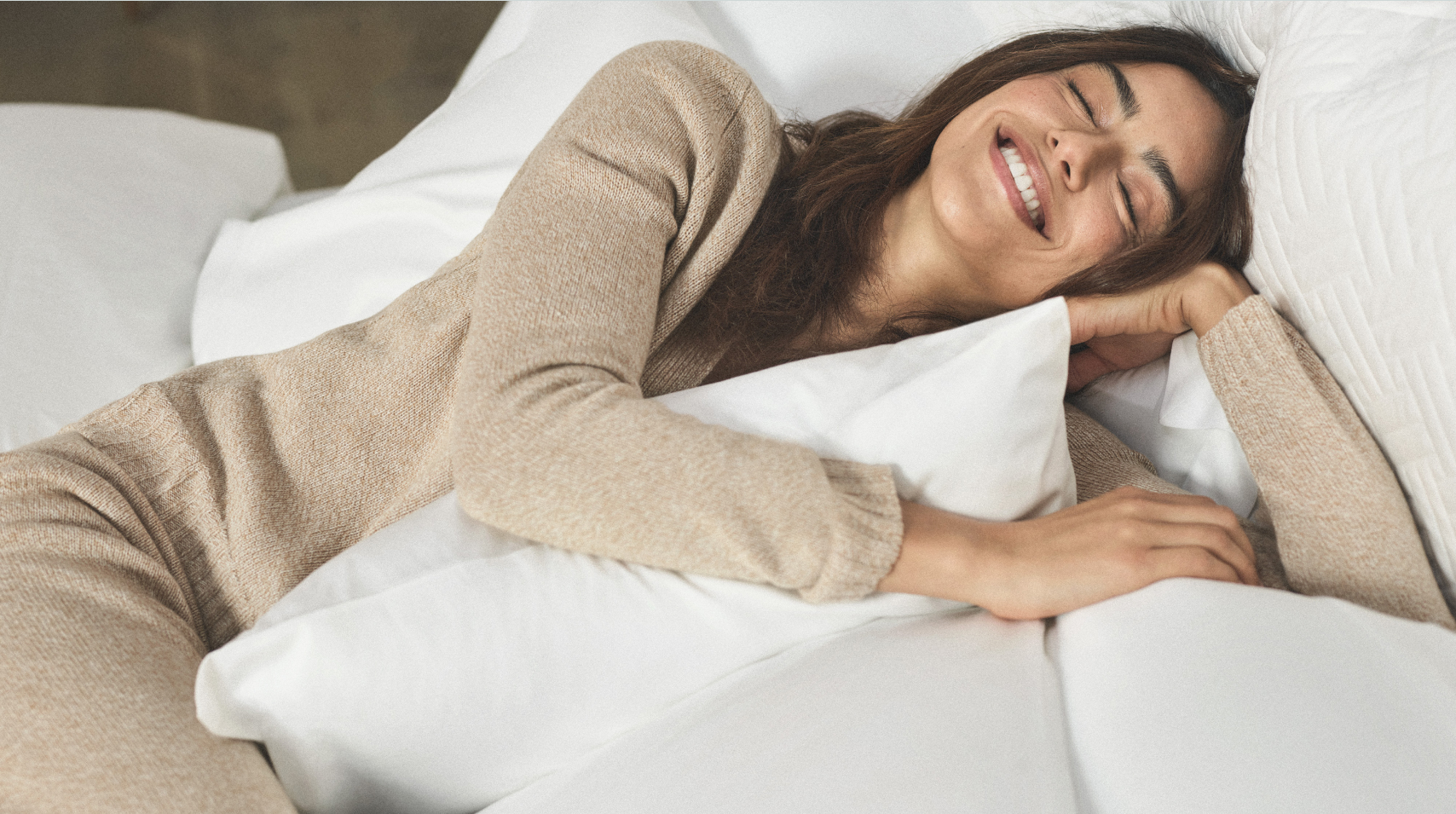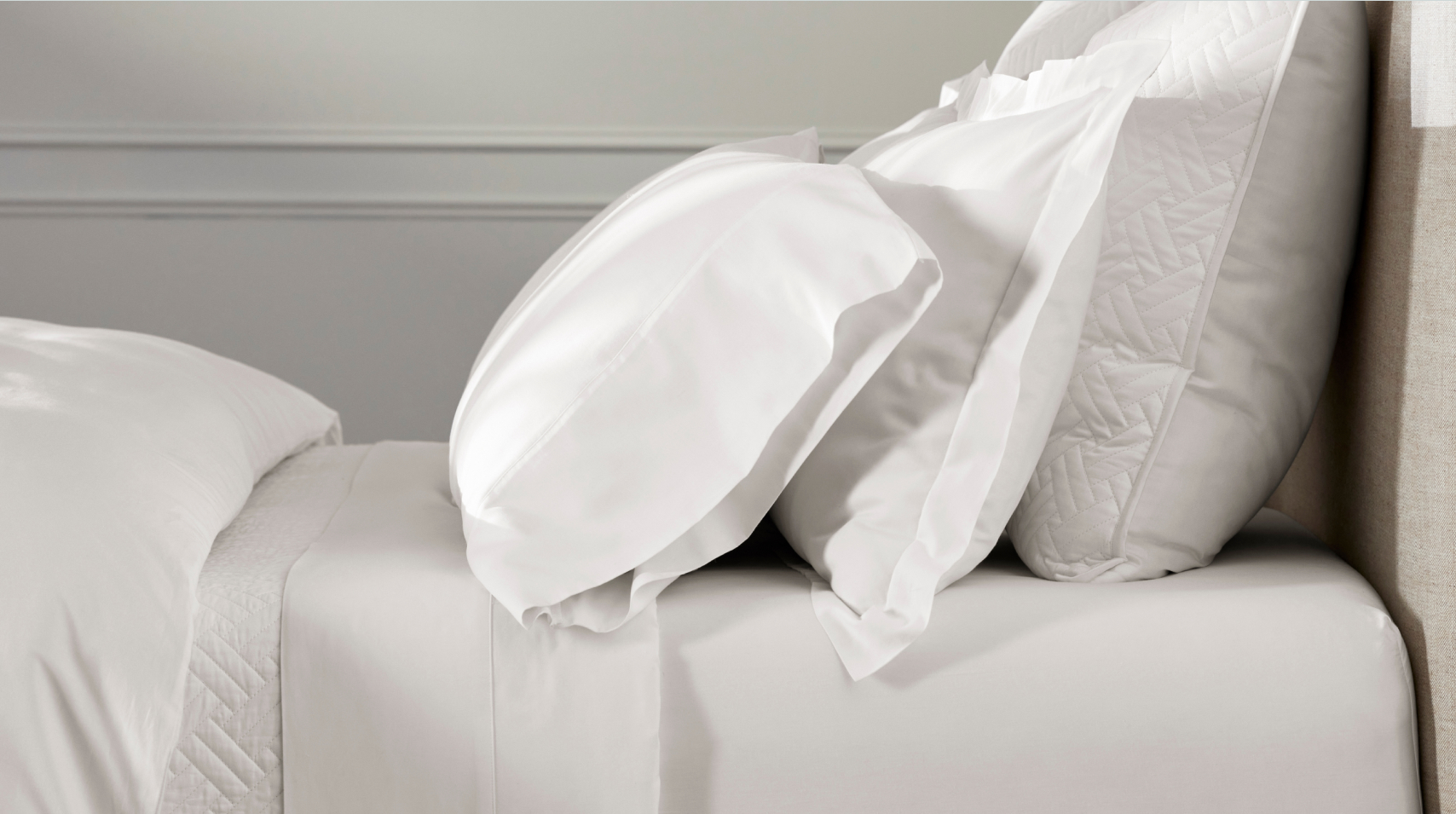Pillows are something we rely on every single night for a good night’s sleep, so it’s critical to keep them in top shape. It's also important to know that over time, after hours of use each night, they will eventually need to be replaced.
When should you replace a pillow and how can you tell when it’s time to? How often do you need to replace them? We answer these questions and more so you can sleep better every night.

How Often Should You Replace Your Pillows
The average pillow should be replaced every 1-2 years. However, a pillow's longevity ultimately depends on its quality—our pillows, for example, are made to last 3-5 years. By investing in higher-quality pillows, you won't need to replace them as frequently and can enjoy more nights of better sleep with their comfort and support.
Generally, pillows should be replaced every 1-2 years. This depends on the quality of your pillows. Higher quality pillows will last longer.
Our pillows, for example, last 3-5 years instead of the typical 1-2. When you invest in better pillows, you won’t need to rebuy them as often.
Replacing your pillows ensures that you’ll always have pillows that are clean, supportive, and free of allergens. Additionally, using a Pillow Protector can extend the life of your pillows, ensuring that they stay clean and free of allergens.
How to Tell if You Need to Replace Your Pillows
Not sure if it’s time to replace your pillows? Here are the telltale signs:
- Your pillows have stains or odors. If you’ve tried cleaning them, but the stains and odors just won’t come out, it’s best to get new ones.
- Your pillows have lost their shape. If you fold your pillows in half, they’re more likely to lose their shape more quickly. You can tell if a pillow has lost its shape if it’s lumpy, flat, or doesn’t offer you any support, even if you know how to properly fluff your pillows. Natural fill pillows, like down pillows, typically maintain their loft over time since feathers fluff more quickly. Down alternative pillows take more time to fluff back into their original shape.
- Your pillow is no longer comfortable to sleep on. An uncomfortable pillow means your pillow probably lost its shape, or you’ve made some lifestyle changes recently that call for a new one.
- You keep waking up with neck/shoulder pain. This could indicate that your pillow is no longer supporting your body.
- Your allergies have gotten worse.If your pillow is older and not surrounded by a pillow protector, it may have built up dust and allergens over time that can irritate allergies, triggering a reaction.
- You got a new mattress. If you got a mattress that has a different firmness compared to your old one, you may want to consider changing your pillow for better support.
- You’re pillow stacking. Pillow stacking is when you need to use multiple pillows to achieve the same level of comfort you had before. If this is the case, you likely need a new pillow.

Why It’s Important to Replace Pillows
The most important reason as to why you should replace your pillows is that they can get dirty over time. Pillows collect dust, dander, mold and other allergens, so replacing them once you notice signs of wear and tear—and keeping the new ones protected—will help keep your bed clean so you can sleep better at night.
Since they can also lose their shape and fluffiness, replacing well-worn pillows with a set of new pillows will not only make your bed look nicer, but can also provide the support you need as you sleep.
If you're ready to buy a new pillow, read our tips for choosing the perfect pillow.
Tips to Make Pillows Last Longer
Make the most out of every pillow with these tips:
- Invest in a high quality, durable pillow. Quality can make a world of difference. Our pillow inserts are made from Feather Down and PrimaLoft® Luxury Down Alternative®, both of which, if taken care of properly, will last longer than the average two years. Our Down Chamber Pillows come in three densities—the Soft density is filled with adjustable down in all chambers, while the Medium and Firm density pillows are filled with a supportive feather and down inner pillow and surrounded by a soft layer of U.S.A. down.Our Down Alternative Pillows are filled with a premium, hypoallergenic fiber that mimics the weight and gentle loft of down, and are as close to real down as you can get
- Use a pillow protector. Pillow protectors help keep dirt, face oils, hair products, dust, allergens, and more from getting on your pillow.
- Wash the pillow when needed. Pillows need to be washed, too. Follow the care instructions on your pillow for guidelines.
- Put the pillow in the dryer to give it a refresh. If it doesn’t need to be washed, putting it in the dryer can work wonders. The heat from the dryer can give it a much-needed reset.
- Sleep with fewer pillows. If possible, sleeping with fewer pillows than usual will let each one last even longer.
- Alternate which pillows you use for sleeping and decoration. If you use the same pillow inserts for styling and sleeping, you may want to alternate between the two to ensure both sets last as long as possible.

